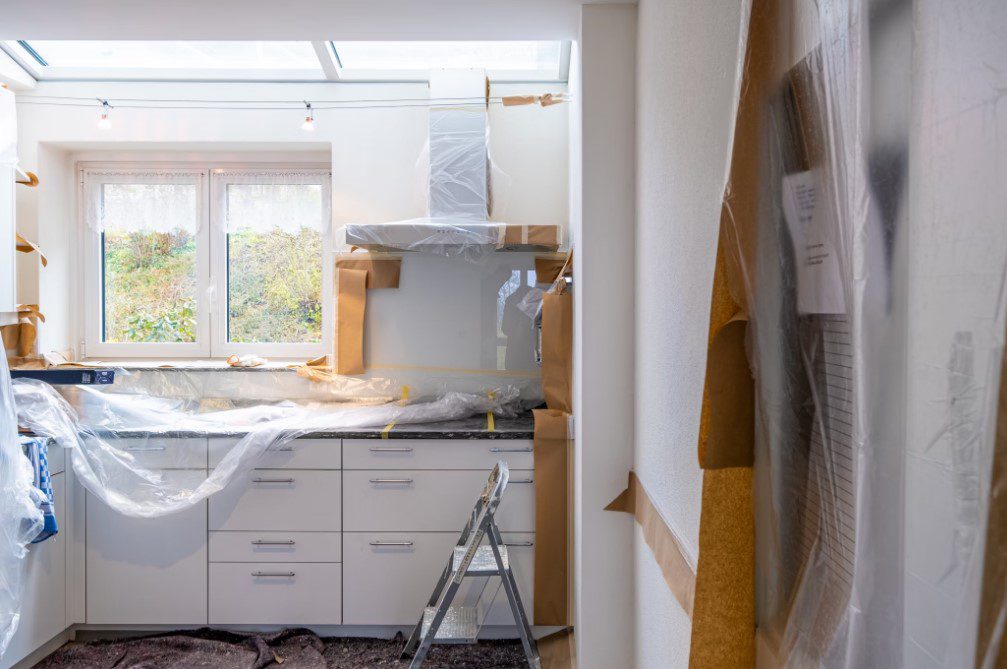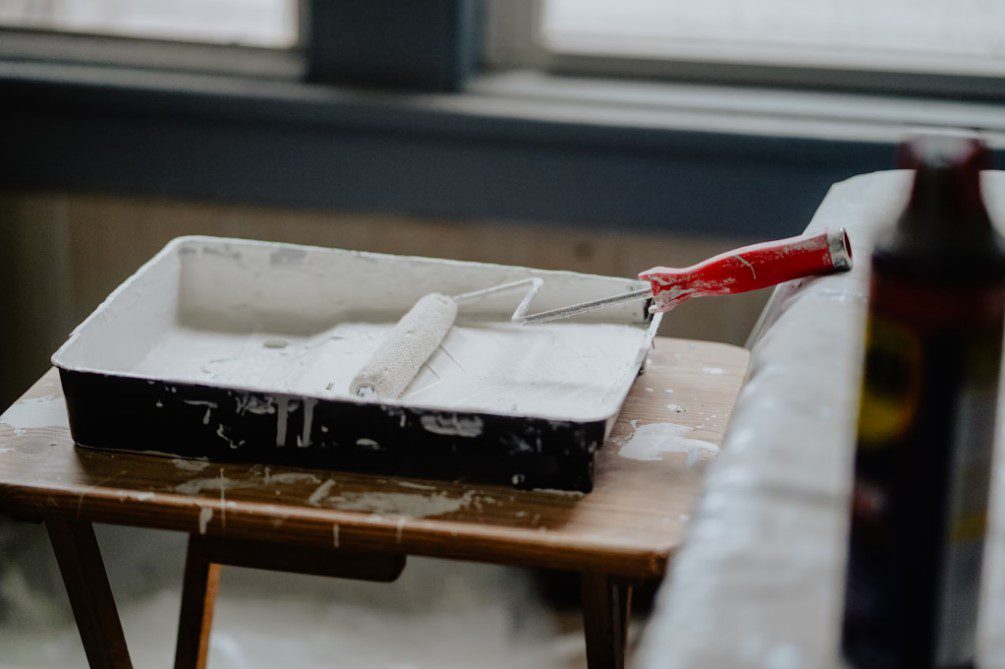When it comes to renovating a rental property, the goal is often twofold: increase the property value and attract quality tenants. Still, not all renovations are created equal, and some may yield better returns on investment (ROI) than others. Property owners must, therefore, carefully select renovations that boost aesthetic appeal and functionality without overspending.
“Effective renovations require a balance between aesthetic appeal and functional longevity. It’s crucial to invest in updates that not only attract tenants but also stand the test of time, ensuring sustained profitability for property owners.” — Logan Ransley, Co-Founder of Landlord Studio.
Here are some key considerations to keep in mind when planning a renovation for your rental property.

1. Understand Your Market
Before so much as swinging a hammer, it’s crucial to understand the local rental market. Research what features are most sought after by renters in your area. For example, in urban areas, renters might value secure parking or proximity to public transportation, whereas renters in suburban areas might look for good schools and family-friendly amenities.
2. Set a Realistic Budget
Renovations can quickly become more expensive than originally planned. Set a realistic budget that includes a contingency fund for unexpected costs; it’s important to calculate the potential return on each renovation to determine if the investment is worthwhile.
3. Focus on High-ROI Renovations

Some renovations have a higher ROI than others; kitchens and bathrooms, for example, are typically the most impactful areas to update, as they are so important to potential renters. Simple upgrades, such as replacing fixtures, repainting, and installing new appliances, can significantly enhance the appeal of these spaces.
4. Prioritize Necessary Repairs
Addressing any structural issues, leaks, or electrical problems should always be a priority. These repairs may not be the most glamorous, but they’re crucial for the safety and longevity of your property – plus, they are likely to prevent more significant expenses down the line.
5. Choose Durable Materials
Rental properties undergo more wear and tear than typical homes. Choosing durable materials can reduce the frequency of replacements and maintenance; for instance, opting for vinyl or tile flooring instead of carpet can save on cleaning costs and increase the lifespan of the floors.
6. Consider Energy Efficiency
Energy-efficient renovations can be a significant selling point; they not only attract tenants who are environmentally conscious, but also those looking to save on utility bills. It’s strategic and eco-friendly to consider double-pane windows, LED lighting, and energy-efficient appliances as smart upgrades.
Additionally, incorporating energy-efficient heating and cooling systems can greatly enhance your property’s appeal. Consider installing mini split systems, like the ones found on Alpine Home Air, which are renowned for their energy efficiency and eco-friendliness. These systems provide precise temperature control, whisper-quiet operation, and significant energy savings, making them a highly sought-after feature for environmentally conscious and cost-aware tenants.
7. Keep It Neutral

While personal taste might tempt you to choose bold colors or trendy designs, neutral colors and timeless finishes appeal to a broader audience. Keeping the ‘canvas’ understated and classic can also make it easier for tenants to envision themselves in the space, thus increasing its rental appeal.
8. Obtain Necessary Permits
Before starting any significant renovations, ensure you have all the necessary permits. This step is crucial as unpermitted renovations can lead to fines and problems when selling or insuring the property.
9. Plan for Minimal Disruption
If you have existing tenants, plan renovations in a way that causes the least disruption. Communicate clearly about the timeline and nature of the work. For vacant properties, complete renovations before a new tenant moves in to avoid conflicts and dissatisfaction.
10. Hire Reliable Contractors
Hiring experienced and reliable contractors can make a significant difference when it comes to the quality and timeline of your renovations. Get multiple quotes, check references, and ensure they are licensed and insured; this step helps prevent costly mistakes and delays.
11. Leverage Technology
Incorporating smart home technology into a rental property can significantly enhance its appeal and functionality; it can also potentially reduce energy costs, which is an excellent selling point for many. Smart thermostats, for example, allow for better temperature management and energy efficiency, which is appealing to tenants looking to save on utilities. Another great example is adding smart security systems – such as connected door locks and surveillance cameras – as these can increase tenants’ sense of security, and make the property more attractive to those who prioritize safety. Smart lighting systems are also a smart idea, as they allow remote control and automation to not only add convenience, but also to help in reducing electricity usage when tenants are not home.
12. Enhance Outdoor Spaces
Outdoor spaces in a rental property can significantly boost its appeal and functionality. Even simple enhancements like basic landscaping, strategic outdoor lighting, and comfortable seating areas can transform a bland backyard or balcony into an inviting leisure space for tenants. For properties with limited outdoor areas, maximizing the available space is crucial; installing vertical gardens can add a lush, green element without taking up much ground space, while multi-functional furniture, such as benches with built-in storage, can provide utility without cluttering the area. Such improvements not only make a property more attractive, but can also significantly enhance the quality of life for tenants, thus potentially increasing both the property’s rental and resale value. It’s a shrewd move to invest in these areas, as landlords can create a desirable feature that stands out in property listings and attracts a broader range of potential renters.
Strategy is Key
Renovating a rental property can be a profitable venture – so long as it is strategized, and done correctly. Take the time to understand your market, set a realistic budget, and focus on high-ROI renovations to enhance your property’s value and appeal. Remember to use durable materials, keep designs neutral, and ensure all renovations are legally compliant.

